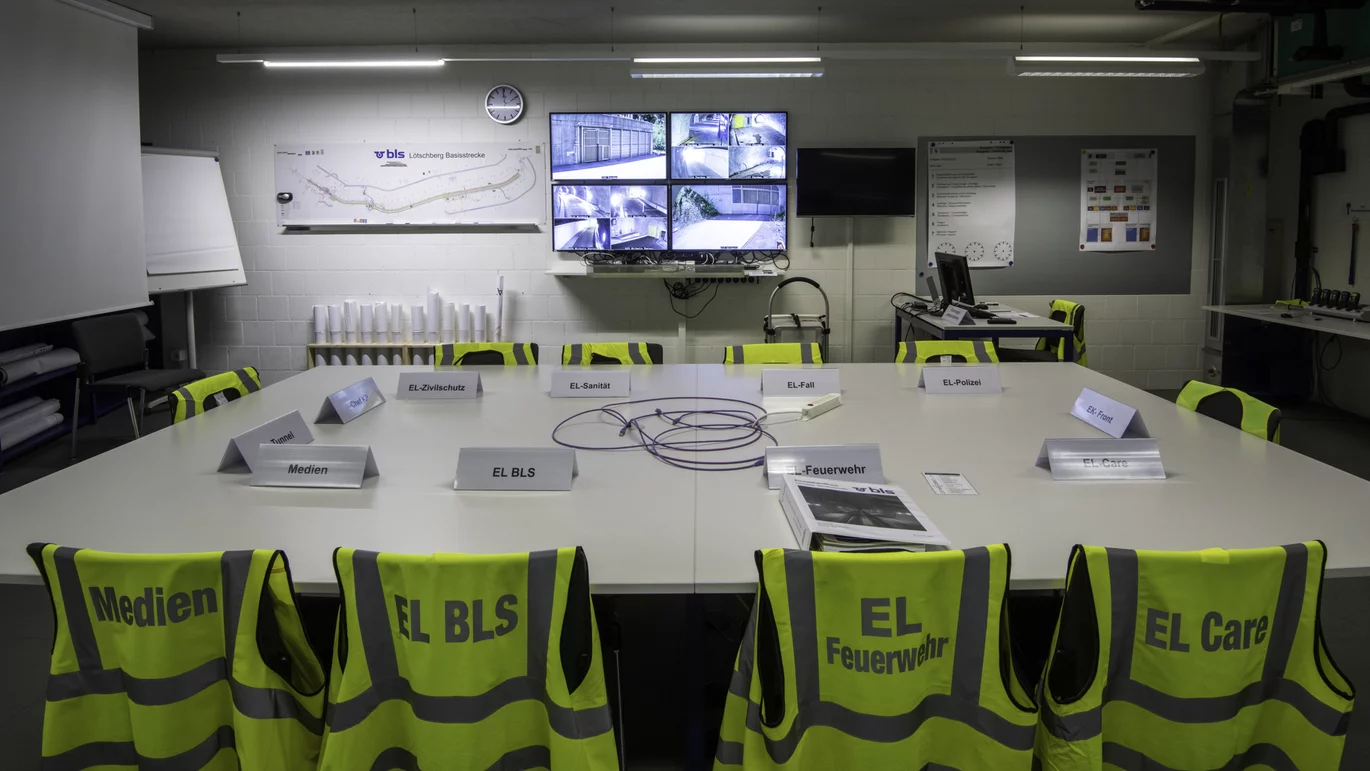In 2014, the Swiss railway infrastructure carriers commissioned the International Fire Academy in Balsthal (CH) to develop a firefighting procedure for fire incidents in railway tunnels. At first glance, a simple task. This is because the International Fire Academy had already laid the essential groundwork with its Firefighting Procedure for Road Tunnels. However, the first realisation in what was ultimately a four-year development process was: The operating conditions for fire services in railway tunnels differ fundamentally from those in road tunnels.
No operation without permission
Road tunnels are familiar terrain for fire services, where they can operate independently. Most of the time, the fire service can drive their emergency vehicles directly into the tunnel to extinguish vehicle fires and to search for and rescue people. The situation is different with railway tunnels: many portals are difficult or impossible to reach with their emergency road vehicles. Only in rare cases do railway tunnels have fixed carriageways that can be driven on by rubber-tyred vehicles. Therefore, in the vast majority of cases, the firefighters have to enter the tunnels either by fire apparatuses, fire and rescue trains, road-rail vehicles, which have road and wheels or on foot. However, they are not allowed to do so until the rail traffic is discontinued and the overhead lines are switched off and grounded on both sides of the incident scene.
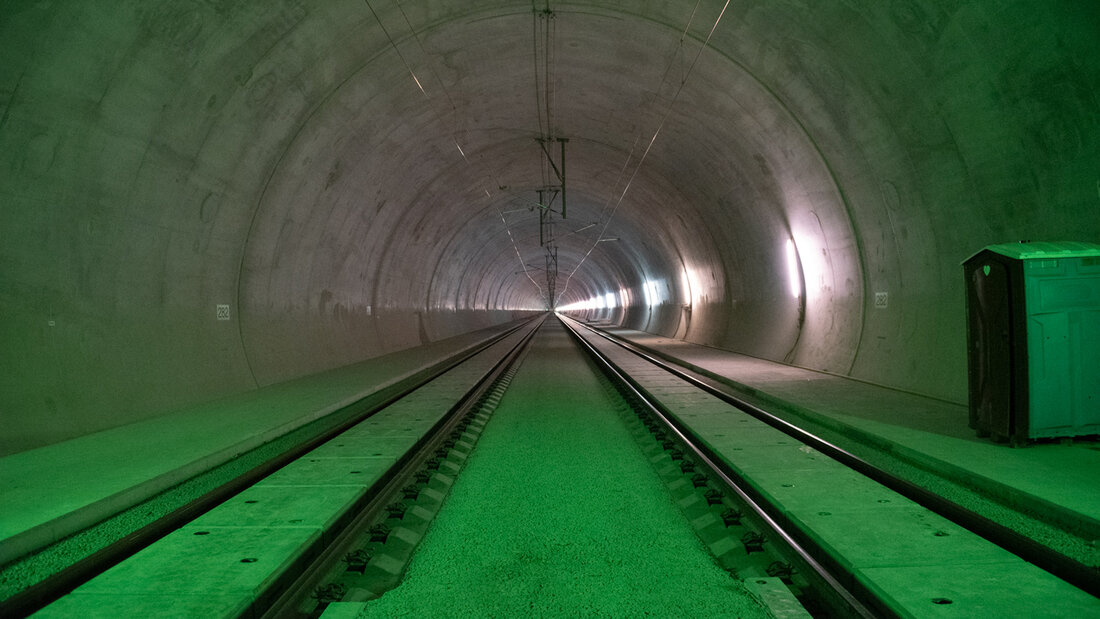
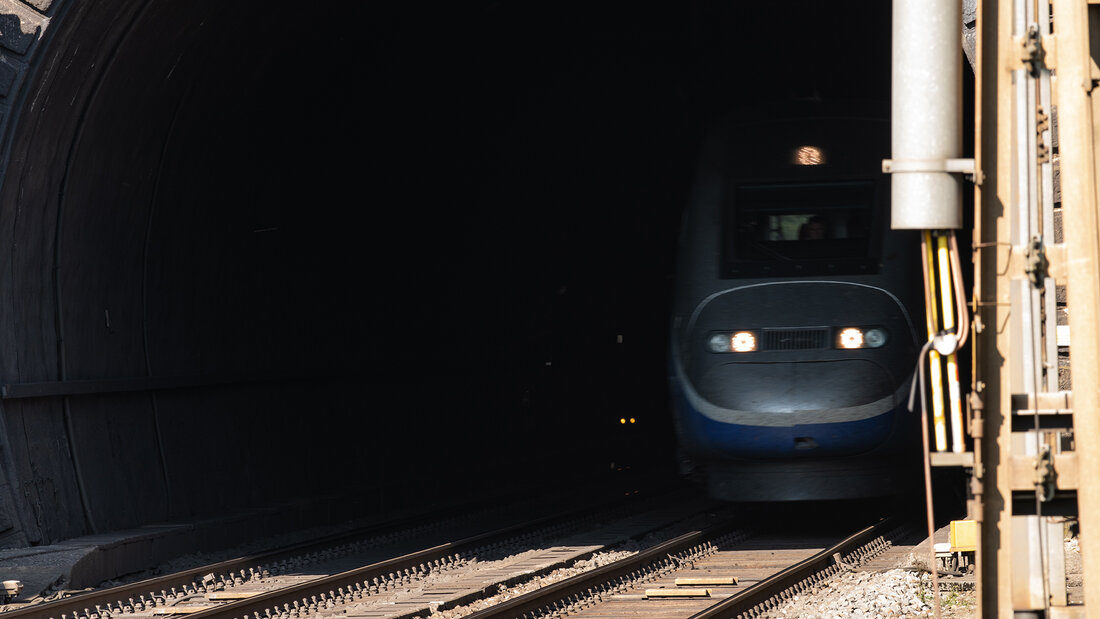
In short: The fire services operate autonomously in road tunnels. In the case of railway tunnels, on the other hand, the first thing to do is to wait until the railway carrier has created safe operating conditions and given permission to work in the track area. Needing permission to attack a fire? For many firefighters, this is difficult to accept.
From autonomy to cooperation
At the beginning of the project, many of those involved still hoped that firefighters could be taught so much railway knowledge that they would be able to work independently on railway facilities. This idea had to be abandoned quickly. Not even experienced railway employees would think of entering a railway tunnel without consulting their operations control centre. Consequently, railway experts had to be involved in the project from the very beginning.
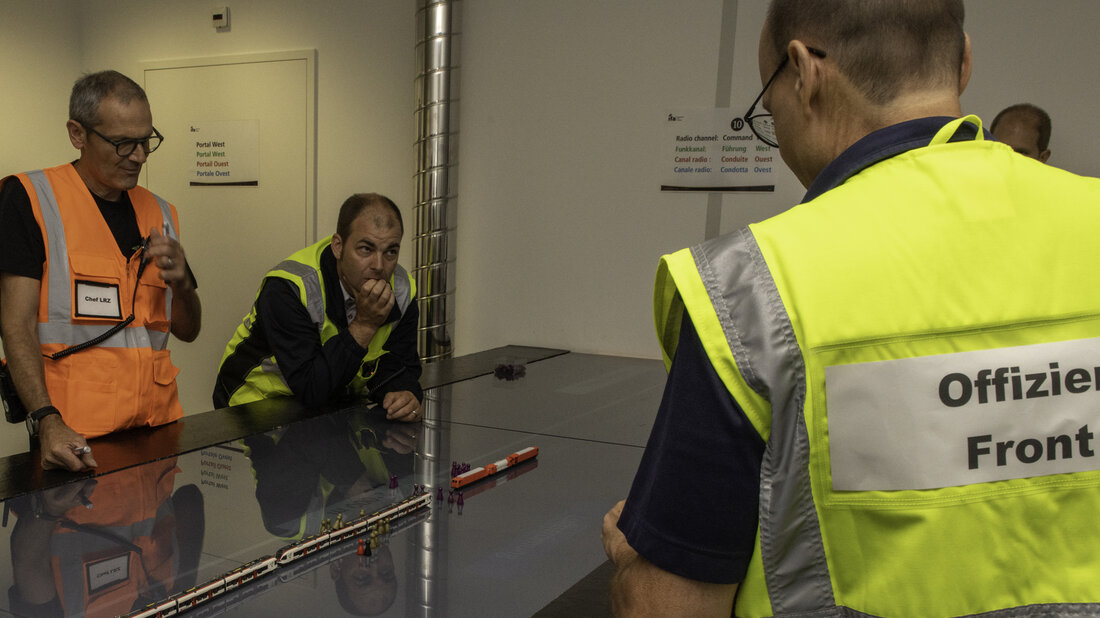
The firefighting procedures are developed at the International Fire Academy by its Didactics and Development Team (DDT), predominantly made up of experienced fire service officers. For the railway project, the DDT reinforced itself with experts from Swiss railway companies, railway fire services and supervisory authorities. The most important result of the four years of development work: On railway facilities, public fire services will only operate in close cooperation with representatives of the railway companies.
Emergency corridors on railways?
On the road, road users must form an emergency corridor, which makes room for emergency vehicles. But how does a fire and rescue train get its emergency corridor on the railway? Surely you cannot put the trains in the way next to the track? With some amazement, the fire service members of the DDT learned from their railway colleagues that a fire and rescue train (FRT), despite all the necessary haste, does not «simply drives off» but first needs a written driving order. The operations control centre creates the order by giving the FRT a train number, determining the fastest route by computer, directing the trains in the way to side tracks and thus giving the FRT a clear path. For firefighters trained for speed, this is an almost unbearable thought.
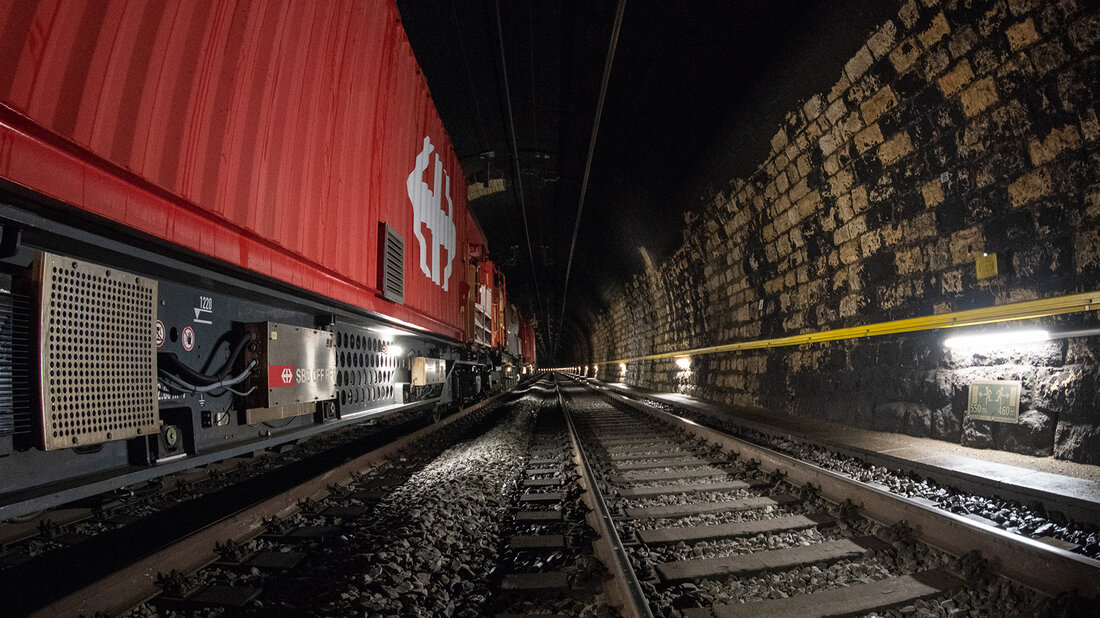
However, once the FRT has arrived on site, a powerful tool with up to 52 000 litres of water and two million litres of compressed breathing air is available, depending on the type. So one of the many insights of the collaborative development process was: Rail traffic is to be thought of differently than road traffic. Many things are slower and more complicated but bigger and more powerful.
Unfamiliar dimensions
Many differences between the road and railway worlds arise from the dimensions alone. Standard road vehicles are a maximum length of 18 metres and carry up to 70 people. A passenger train can be up to 400 metres long and can have up to 1 200 people on board. Freight trains today reach lengths of up to 750 metres and could soon become even longer. So walking around a train is an entirely different task than reconnoitring the surroundings of a road vehicle.
A particular challenge are the large penetration depths of railway tunnels. Depth of penetration means the way from a secured area, such as an emergency exit, to the fire service's workplace at the scene. The maximum required penetration depths result in a tunnel from the largest distance between two emergency exits. They amount to a maximum of 500 metres for road tunnels, depending on the national interpretation of the European Tunnel Directive. This distance can just be covered by firefighters with breathing apparatus.
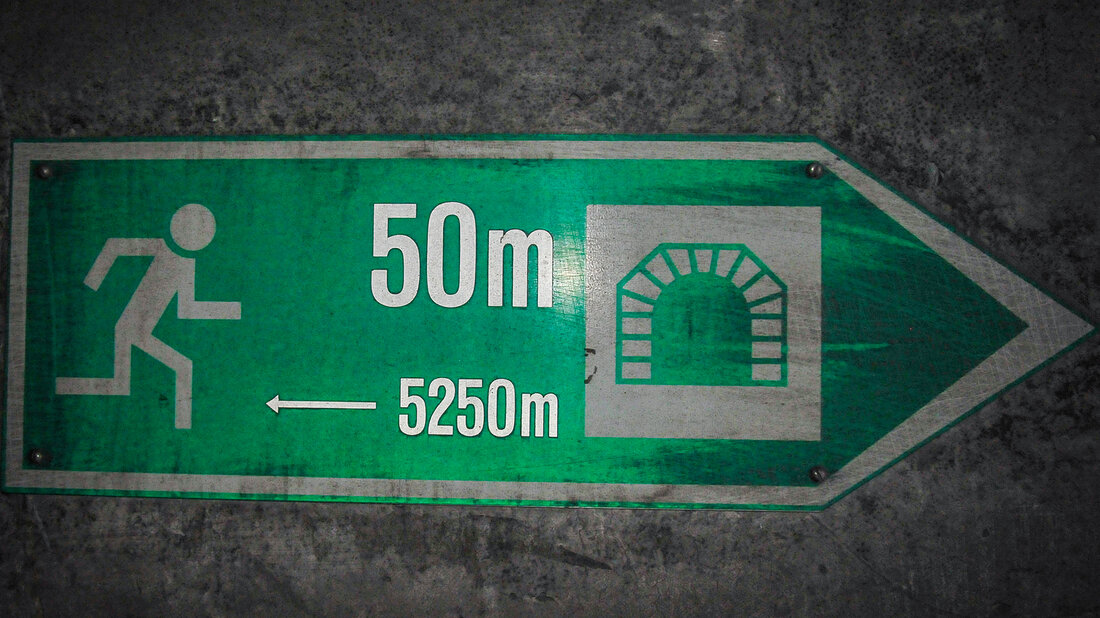
In many older railway tunnels, there are no emergency exits (other than the portals). Therefore, the required penetration depths can be several kilometres, which firefighters cannot manage on foot; neither the air supply of the breathing apparatus nor the physical strength is sufficient for this. Penetration depths of more than about 500 metres can only be achieved with vehicles with a secured space themselves, for example, the FRT.
Knowing and accepting operational limits
One of the most valuable results of the project might be the common understanding that fire services have operational limits - and that these have to be accepted. The limits already start at an incident on open track on the subject of grounding. If a train has an accident on an electrified line, there is usually no risk of electrocution inside the train because the train is a Faraday cage. However, the outer skin of the train can be electrically live due to downed overhead lines, which poses a danger to the lives of emergency personnel if they come into contact with the train.
So it may be that injured people on the train scream in pain or call for help, but the emergency personnel cannot help at first because they have to wait until the dangers of electricity have been removed by the railway company. For emergency personnel, this is difficult to bear psychologically. Therefore, there is a danger that individual emergency responders, in their moral distress, will try to help after all.
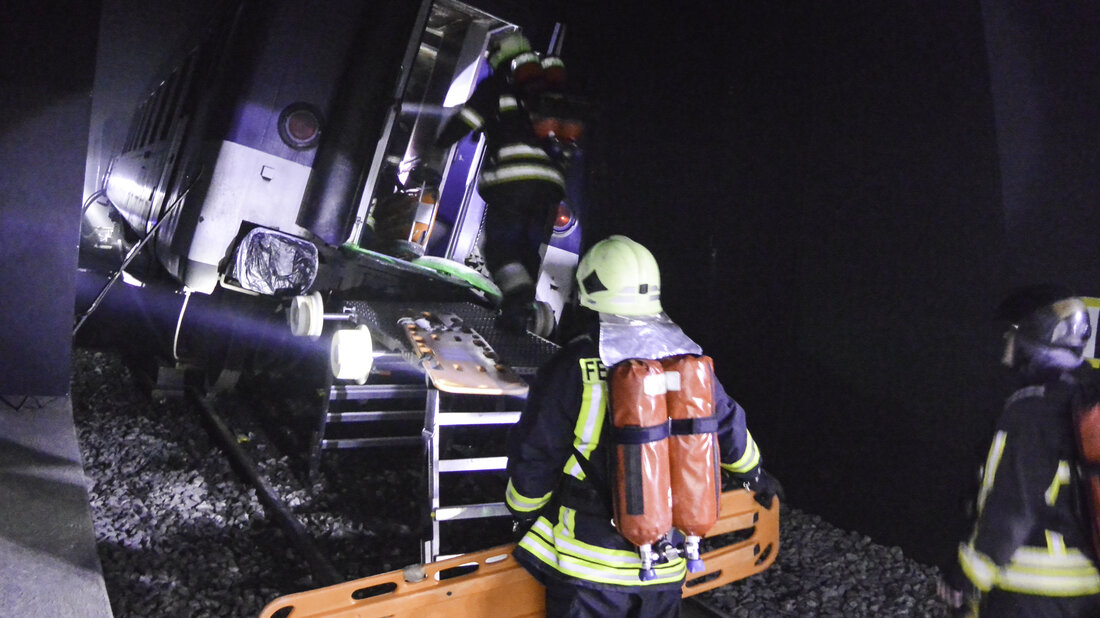
Of course, officers should prevent this. However, an incident commander or section commander can hardly fully see an operation site that is several hundred metres long at any time. Consequently, all emergency personnel who may be deployed on railway facilities should be trained accordingly. They should know that and why they may get into a situation where they are not allowed to help - at first.
Should the fire services ground?
The DDT spent much time on the question of whether fire services should ground themselves. Then they would not have to wait for a specialist from the railway company to arrive at the scene and carry out the grounding. In principle, firefighters could be trained for this task. However, the training load of municipal and especially volunteer fire services is already generally perceived as too high. In addition, grounding can be a very difficult and dangerous task, depending on the situation, for example, in shunting yards with a large number of overhead lines. Therefore, the opinion prevailed that grounding should remain the task of the railway companies.
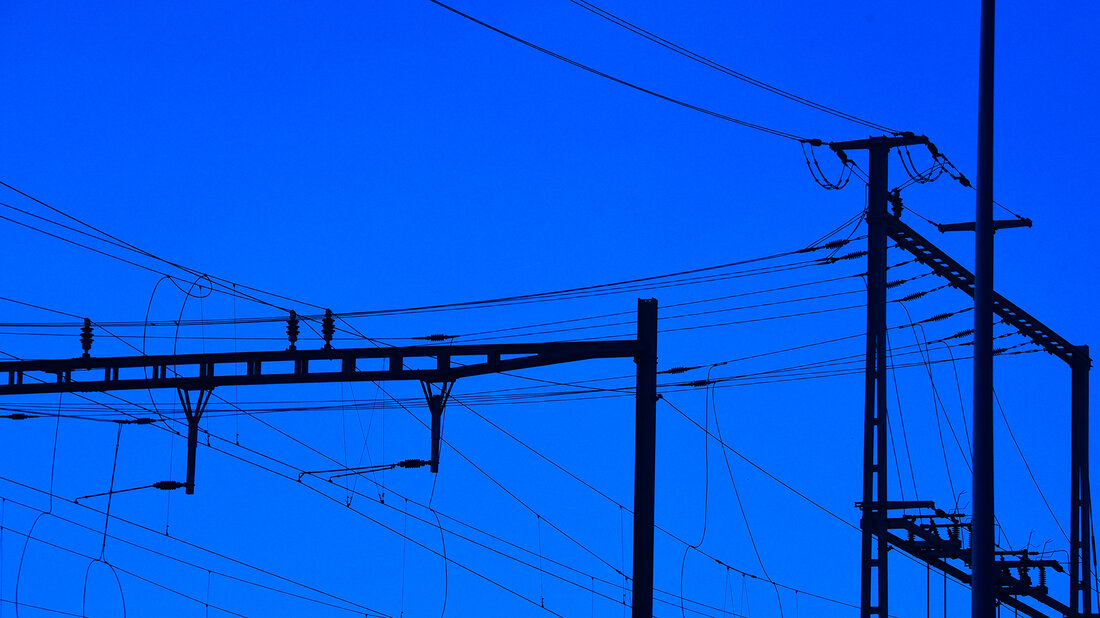
Of course, grounding could also be organised differently. However, what is decisive, according to the result of the long discussions in the DDT, is that such questions must be decided jointly by the railway companies and the fire service, howsoever, and that this has consequences for the training and equipment of the fire services in any case. The consensus was very important in this discussion: All parties need to know what they themselves and the others can and cannot deliver. Otherwise, there is a great risk of mutual expectations that cannot be fulfilled.
Special challenges of railway tunnels
For road tunnels, the International Fire Academy has developed the «extinguish in order to rescue» tactic now practised by most fire services. The first priority is, therefore, firefighting. The faster the vehicle fire is extinguished, the less smoke is produced, the less time tunnel users are exposed to smoke, and the sooner good conditions are created for self-rescue and rescuers. This tactic can be implemented well in practice because in the case of fires in road tunnels, thanks to their stationary ventilation, there is an upstream side with little or no smoke, on which the fire services can quickly advance to the scene of the fire.
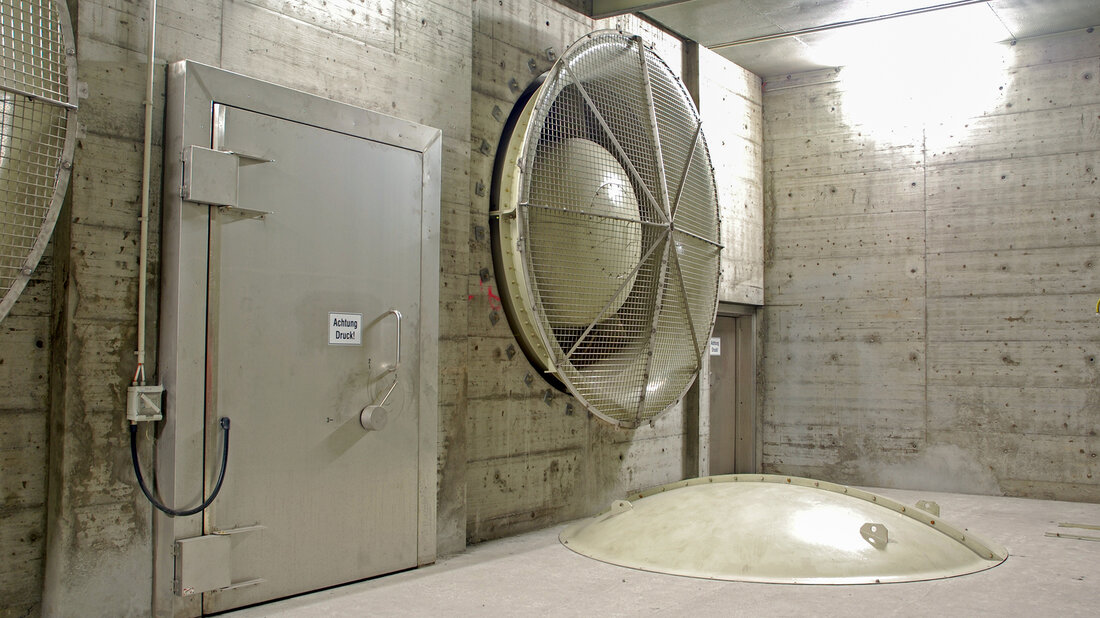
In the case of fires of rail vehicles in a railway tunnel, an upstream side is also initially created, which is why the tactic «extinguish in order to rescue» is also considered as the best option here. Unlike road tunnels, however, most railway tunnels are not equipped with a ventilation system. Therefore, airflow direction can reverse, for example, as a result of minor weather-related fluctuations in air pressure at the portals. Then the upstream side becomes the downstream side, and the firefighters may suddenly find themselves in thick smoke. The consequence: Firstly, the firefighters must also be equipped with breathing apparatus on the upstream side. Secondly, they must not penetrate more than about 1 000 metres on the upstream side so that their breathing air reserve is enough to retreat through the smoke.
The standard rules of engagement derived from these considerations are one of many examples of results that could only be achieved thanks to the intensive cooperation between firefighters and railway workers; most firefighters were previously unaware of the problem of sudden smoke reversal in railway tunnels.
Systemic lack of experience
Should the passengers of a train on fire in a tunnel be evacuated immediately or remain on the train for the time being? Fortunately, train fires are so rare that there is little experience from which generic rules can be derived. To compensate for this lack of experience, scenarios must be devised to balance the pros and cons of tactical options. Railway companies and fire services must do this together because otherwise, they start from different and partly incompatible assumptions.
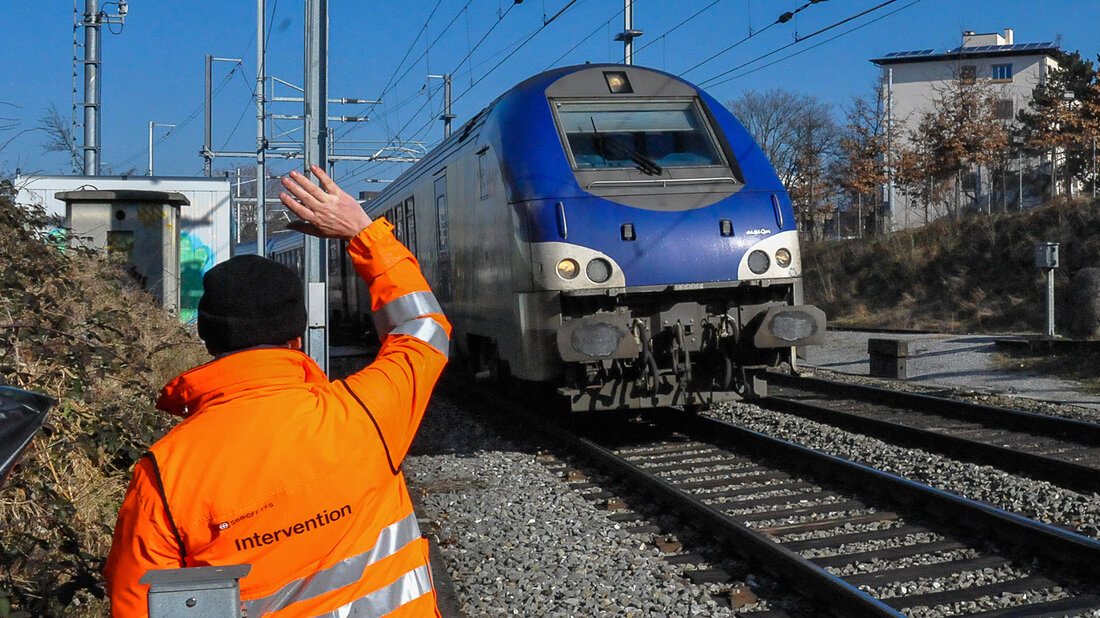
That is why the International Fire Academy's Railway Tunnel Firefighting Procedure is not limited to basic tactics. It contains all the background information that both fire services and railway companies need to find a common language, a common view and mutually acceptable solutions - or accept the operational limits of the fire services jointly. Thus, the Firefighting Procedure not only represents the result of the collaborative development process but also offers support to continue this process in practice. For example, there are extensive checklists with all questions that fire services and railway companies need to clarify together to prepare as best as possible for fire operations in railway tunnels.
In the textbook «Firefighting Operations in Railway Tunnels», the entire Procedure is elaborated with numerous photos and graphics. The book can be used as a basis for cooperation between fire services and railway companies. Information on this can be found on the overview page for our publications.
This article was written for the journal Crisis Prevention and first published in issue 1/2021 (pages 52-55).


